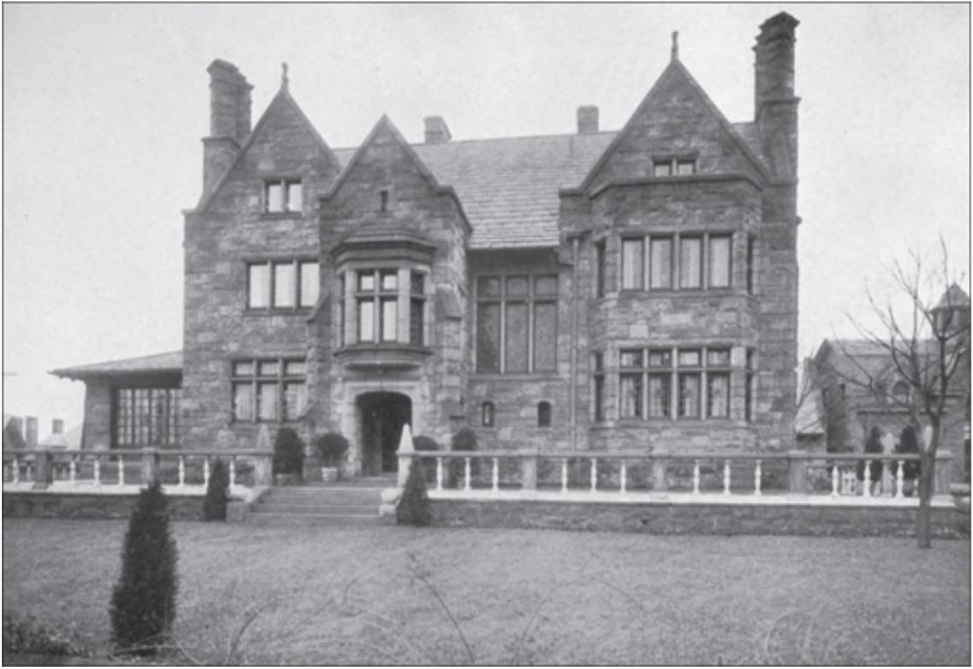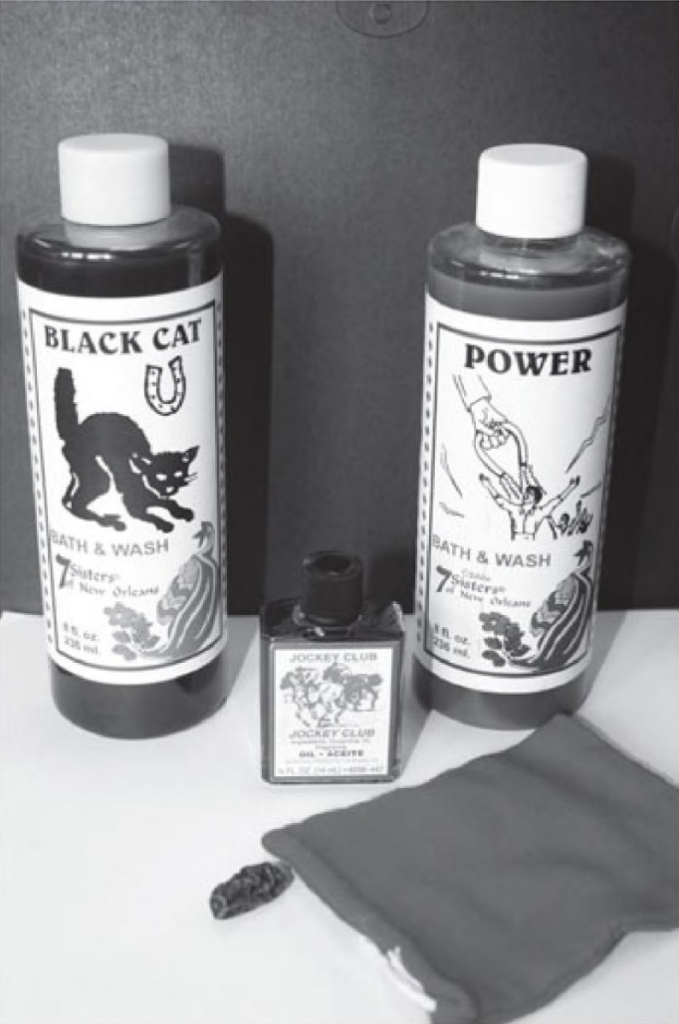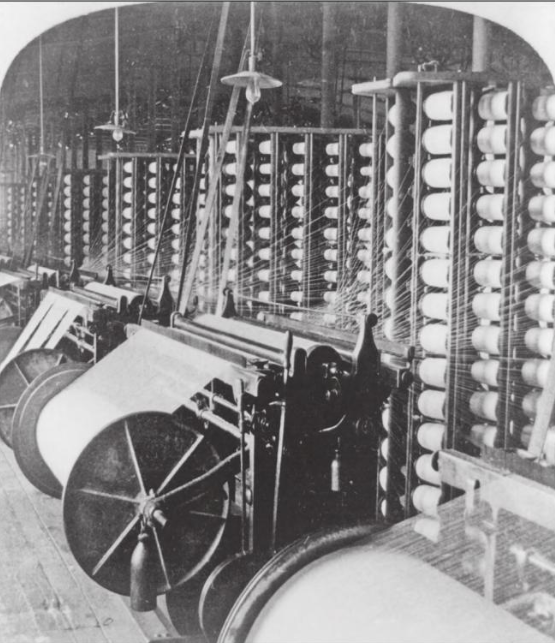Millions of people all across America consider Mardi Gras to be cause for celebration, but no place does Mardi Gras quite like New Orleans. The Big Easy is home to some of the most astonishing, famous public festivities every single year. It’s also considered the place to come celebrate, drawing tourists and adventurous spirits from all over the world.
How much do you really know about Mardi Gras in New Orleans? What traditions and happenings are considered “must-sees”? What are we really celebrating when we celebrate Mardi Gras and where did the holiday originate? Let’s address the answers to all of these questions and more.
What Is Mardi Gras?
Mardi Gras is more than just a colorful cultural phenomenon. It’s also a Christian holiday that comes attached to a rich history, as well as one that has complicated connections to early pagan fertility rites. Mardi Gras as an occasion is celebrated all over the world, especially in areas with a large Roman Catholic population.
Also called Fat Tuesday, Shrove Tuesday is the day before Lent officially begins (Ash Wednesday). Traditionally, it was a day to eat, drink, and be merry one last time before the sacrifice, penitence, and heavy fasting associated with Lent began in earnest. In particular, people prepared elaborate feasts to use up food items that were not allowed during Lent. (Examples include butter, eggs, meat, or dairy.)
Although the Catholic Church has relaxed many of the dietary restrictions associated with Lent since those days, rich feasts and merrymaking remain popular ways to celebrate Shrove Tuesday and get ready to observe Lent.
In Southern Louisiana and New Orleans, in particular, the celebrations associated with Mardi Gras start roughly two weeks prior to Shrove Tuesday. Festivities include parades organized by New Orleans social clubs called krewes, social events like balls, and multicultural festivals of all types.
A Look at the Origins of Mardi Gras
Of course, Shrove Tuesday and the approach of Lent are only part of why people celebrate Mardi Gras as we know it today. According to historians, it also has connections to pagan fertility rituals that date back thousands of years. (The spring rites of Lupercalia and Saturnalia are just two examples.)
Once Christianity made its way to Rome, the religious leaders of the time had their work cut out for them when it came to converting the masses. More often than not, they found it easier and more beneficial to simply “Christianize” existing traditions instead of attempting to abolish them completely.
That said, the debauchery and wanton nature of the original rites were eventually transitioned into Mardi Gras, something that was just as much a prelude to the forty-day Lenten period as it was about welcoming spring with a huge celebration.
Naturally, we call the occasion Mardi Gras (or “Fat Tuesday”) because of the all-out binging on any stores of eggs, cheese, meat, or milk that remained in the house before fasting and eating only fish during the lengthy period of Lent. It’s also thought that pre-Lenten festivals are known as “carnival” because of this tradition. (The Medieval Latin term “carnelevarium” means “to take away meat.”)
Mardi Gras Comes to America
Although no one knows for certain when the very first Mardi Gras celebration took place here in America, most historians believe it happened on March 3, 1699. French explorers Bienville and Iberville arrived in the area which is now Louisiana, bringing with them the French tradition of Mardi Gras. They decided to have a proper celebration and wound up dubbing the spot “Point du Mardi Gras” as a result.
In the decades to come, French settlements all over Louisiana – New Orleans included – would continue to celebrate Mardi Gras each and every year. They did so by organizing parades, holding lavish masked balls, and serving elaborate communal feasts. The fun would come to a temporary end once the Spanish gained control of New Orleans and the surrounding areas. However, the bans would only remain active until 1812 when Louisiana officially became a U.S. state.
Mardi Gras in New Orleans would see a boisterous revival in 1827. That’s when a group of dedicated students decided to dress up in colorful costumes and dance their way up and down the streets of the city. (They were mimicking festivities they’d seen in person while visiting Paris.) Ten years after that, New Orleans’s first proper Mardi Gras parade in recorded history would take place, setting the stage for a much-loved tradition that continues today.
The First Mardi Gras Krewes
The year 1857 would see yet another Mardi Gras tradition take place – the first krewe-organized event. A secret society made up of New Orleans businessmen would organize and sponsor a grand torch-lit Mardi Gras procession. The procession would include many of the celebratory staples parade-goers know and love today, including floats and marching bands.
This particular group of businessmen called themselves the Mistick Krewe of Comus, the very first Mardi Gras krewe. Ever since, krewes, in general, have been an important part of Mardi Gras in New Orleans and elsewhere in Louisiana. They are the ones responsible for sponsoring and organizing the parades, balls, and other events without which Mardi Gras couldn’t be considered complete.
Today, there are over 60 different active krewes with more being organized all the time. Krewes aren’t just active during Mardi Gras, either. Many organize additional events throughout the year, as well as visit nursing homes, establish social activities for young people, and otherwise make their communities better places to be.
Mardi Gras Around the World
Currently, Louisiana is the only U.S. state where Mardi Gras is considered a legal holiday. However, American people from coast to coast also love to celebrate in their own unique ways. In some states – like Mississippi and Alabama – Mardi Gras is considered to be almost as big a deal as it is in Louisiana.
Mardi Gras also continues to be celebrated in multiple nations around the world. This is particularly the case anywhere the population boasts a significant percentage of Roman Catholics. The following are just a few examples:
- In Brazil, Mardi Gras traditions look much like the ones we have here in America, benefiting from a unique blend of African, Native American, and European influences.
- Our neighbors up north in Canada love Mardi Gras as well. Quebec City, in particular, throws a giant yearly bash known as the Quebec Winter Carnival.
- In Germany, costume balls and parades are the order of the day, just as they are here in America. They also promote women’s empowerment with a tongue-in-cheek tradition that calls for the cutting off of men’s ties.
- Italians make their way to Venice, a city that’s been known throughout history for its breathtaking masked balls. The Venetians don’t disappoint, either, doing justice to a time-honored tradition that dates back to the 13th century.
- Denmark finds children dressing up in costume and going door to door to gather candy for Fastevalan, similar to what American children do on Halloween. On Easter Sunday, Danish children also ritually (but non-violently) flog their parents.
This year, Mardi Gras takes place on February 28th. How will you be celebrating?
The Origins of Popular Mardi Gras Traditions
As touched on above, there’s no doubt in anyone’s mind that Mardi Gras is a huge deal, not only in New Orleans but elsewhere as well. However, many people have no real idea where some of the most time-honored Mardi Gras traditions got their start. Did you know the reasons behind the following?
Wearing Masks
Masks are nearly as synonymous with Mardi Gras as Santa Claus is with Christmas, but they’re more than just beautiful ways revelers express themselves and get ready to have a good time. The tradition of donning masks on Mardi Gras dates back hundreds of years to a time when various social classes weren’t normally allowed to mingle to the extent they do today.
Masks were a way to hide one’s identity during the festivities. Anyone, from the rich elite to the very poor, could mask themselves, be anyone, and go where they pleased without being judged. The concept continues to this day, as it is legal in New Orleans for all Mardi Gras attendees to wear masks, although some business owners may post signage requesting that they are removed before coming inside. It’s required by law for float riders to wear them.
Flambeaux
Flambeaux are flame torches, as well as time-honored symbols of Mardi Gras in many cultures. They were traditionally carried through the streets so the fun and partying could continue until well after dark, usually by slaves or free people of color who were looking to earn a little extra money. (Festival goers customarily tossed coins to torch bearers in thanks for lighting the way for the floats and festivities.) Most flambeaux consisted of shredded rope soaked thoroughly in pitch.
Naturally, we no longer need old-school torches to light up the streets of New Orleans on Mardi Gras. However, the tradition still remains. It’s just become more of a performance than anything else, with torchbearers dancing, performing acrobatics, or spinning their lights to entertain the crowd.
Throwing Beads
Everyone’s familiar with the concept of Mardi Gras beads. However, the beads as a tradition started with their colors – gold, purple, and green. These particular shades were chosen by the very first Carnival king back in 1872 and represent power (gold), faith (green), and justice (purple). Originally, the beads of various colors were to be tossed to people that represented one or more of those three qualities.
The very first Mardi Gras beads were made of glass, which naturally wasn’t the best material for something made for tossing. That said, the tradition of throwing the beads didn’t really become a deeply ingrained part of the festivities until plastic beads became the norm.
The Carnival King
If you’ve ever spent Mardi Gras in New Orleans, you may already know that each and every year a new festival king is crowned. He is known as Rex, King of the Carnival. The very first Rex was crowned in 1872, and – although no one knows this for sure – he was said to have been the Grand Duke Alexis of Russia.
Alexis had been visiting the United States and befriended George Armstrong Custer over the course of a hunting expedition in the Midwest. His visit to New Orleans was said to be organized by a group of local businessmen looking for a way to draw even more business as well as tourism to the city after the Civil War.
To this day, a new Rex is chosen each year by the Rex Organization. It is always someone who is prominent in New Orleans society. Rex is also ceremonially given the key to the city by the mayor each year.
Zulu Coconuts
Each of the many Mardi Gras krewes active today has its own set of traditions that they bring to the table each Mardi Gras. One of the oldest traditionally black krewes is the Zulu Social Aid and Pleasure Club. Their claim to fame is the handing out of Zulu coconuts (or “golden nuggets”) to parade goers and revelers.
The first recorded references to these coconuts date back to 1910. At that point in time, the nuts were left in their natural state. However, in later years, it became a tradition to adorn them with elaborate paint and decorations instead. Although there are many traditions Mardi Gras revelers look forward to, the possible receiving of a Zulu coconut is one of the most highly prized.
As you can see, Mardi Gras in New Orleans is so much more than just a reason to have a little fun and celebrate life every spring. It’s also a time-honored tradition steeped in history and rich in local culture. It’s not hard to see why so many people from all over the world consider the Crescent City to be the place to celebrate.



